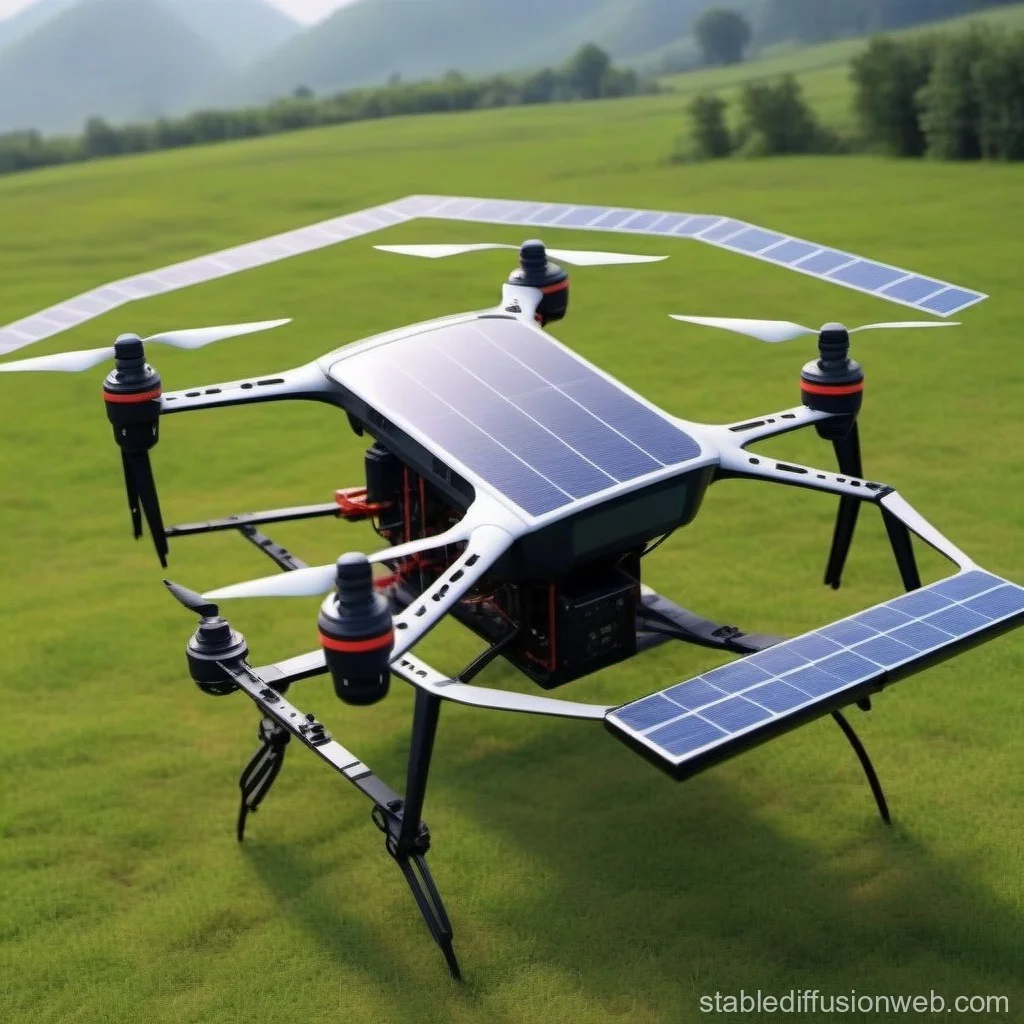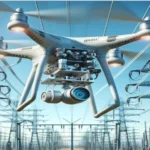The rise of drones has revolutionized industries across the globe, from agriculture and construction to delivery services and military operations. Now, with the introduction of solar-powered drones, we are entering a new era of sustainable aerial technology. These drones not only offer impressive performance but also contribute to a greener, more eco-friendly approach to flying.
In this blog post, we will explore how solar-powered drones work, their applications, and why they are considered the future of sustainable technology.
What Are Solar-Powered Drones?
Solar-powered drones are unmanned aerial vehicles (UAVs) that rely on solar energy to power their engines and operate. Unlike traditional drones that rely on battery power, solar-powered drones are equipped with solar panels that convert sunlight into electricity. This allows them to stay airborne for longer periods, potentially even for days or weeks, depending on the technology and energy needs.
These drones use lightweight materials and high-efficiency solar cells to capture sunlight, storing the energy in batteries or using it directly for flight. The combination of solar power and energy-efficient systems makes solar-powered drones a more sustainable alternative to conventional drones, which are limited by battery life and charging cycles.
How Do Solar-Powered Drones Work?
At the core of solar-powered drones is the integration of solar panels on the drone’s wings or body. These solar panels harness sunlight and convert it into electrical energy. This energy is then either used immediately to power the drone’s motors or stored in an onboard battery for later use.
Most solar-powered drones are equipped with advanced energy management systems that ensure the energy is used efficiently. For instance, when the drone is flying during daylight hours, it can charge its batteries, reducing the need for frequent recharging. During nighttime flights or when sunlight is insufficient, the stored energy is used to keep the drone operational.
Advantages of Solar-Powered Drones
- Longer Flight Time
One of the most significant advantages of solar-powered drones is their ability to stay in the air for extended periods. Traditional drones are limited by their battery life, usually lasting from 20 minutes to an hour. In contrast, solar-powered drones can remain airborne for much longer, sometimes even up to several days, depending on the energy storage capacity and environmental conditions. - Reduced Environmental Impact
Solar-powered drones are an eco-friendly alternative to conventional drones, as they rely on renewable solar energy instead of fossil fuels or electricity from non-renewable sources. This reduction in the carbon footprint makes them an attractive option for industries looking to minimize their environmental impact. - Cost Efficiency
While solar-powered drones may have a higher initial cost due to the advanced technology involved, they can be more cost-efficient in the long run. The use of solar energy reduces the need for frequent battery replacements and charging, cutting down on operational costs. This makes them a viable option for businesses looking to maximize long-term savings. - Ability to Operate in Remote Areas
Solar-powered drones can be particularly beneficial in remote or off-grid locations where access to electricity or charging stations is limited. As long as there is sunlight, these drones can continue to operate without the need for external power sources, making them ideal for applications in inaccessible regions.
Applications of Solar-Powered Drones
Solar-powered drones are already being used in various fields, offering new possibilities for industries and research projects. Some of the key applications include:
1. Environmental Monitoring and Conservation
Solar-powered drones are being used for environmental monitoring, including tracking pollution, measuring air quality, and monitoring deforestation. Their extended flight times allow them to cover large areas and gather critical data that can help in conservation efforts and climate change research. These drones can also monitor wildlife populations and assess the health of ecosystems, such as coral reefs and forests.
2. Agriculture
In the agriculture industry, solar-powered drones can be used for crop monitoring, pest control, and precision agriculture. Their ability to fly for extended periods allows farmers to monitor large fields and collect data on soil conditions, crop health, and irrigation needs. This can lead to more efficient use of resources and increased crop yields, all while reducing the environmental impact.
3. Disaster Relief and Search Operations
During natural disasters, solar-powered drones can assist in search and rescue operations. Their ability to stay in the air for long periods makes them ideal for covering vast areas to locate survivors or assess damage. Additionally, these drones can be used to deliver supplies to remote or affected areas where traditional vehicles or human resources may have difficulty accessing.
4. Telecommunications and Surveillance
Solar-powered drones are being explored for use in telecommunications, such as providing internet access to remote areas or establishing temporary communication networks in disaster zones. They can also be used for surveillance purposes, such as monitoring borders, tracking illegal activities, or conducting surveillance in areas where traditional methods may be too costly or unsafe.
Challenges Facing Solar-Powered Drones
While solar-powered drones hold tremendous potential, there are still several challenges that need to be addressed:
- Weather Dependency: Solar-powered drones rely on sunlight, meaning their performance can be affected by weather conditions. Cloud cover, rain, or other environmental factors can reduce their efficiency, limiting their operational time.
- Energy Storage Limitations: Storing solar energy efficiently is still a challenge. Although improvements in battery technology are being made, current batteries may not store enough energy to power drones for very long flights during the night or in low-light conditions.
- High Initial Cost: Solar-powered drones require advanced technology, and as a result, they tend to have a higher initial cost compared to traditional drones. This can be a barrier for some businesses or individuals looking to adopt this technology.
The Future of Solar-Powered Drones
Despite these challenges, the future of solar-powered drones is bright. As solar energy technology continues to improve, we can expect drones to become more efficient, capable, and cost-effective. With advancements in lightweight materials, better energy storage systems, and improved solar panels, the performance and versatility of solar-powered drones will continue to grow.
These drones hold great promise for a wide range of applications, from improving environmental sustainability to enhancing industrial operations. As industries move towards greener technologies, solar-powered drones will undoubtedly play a significant role in shaping the future of aerial technology.
Conclusion
Solar-powered drones represent a groundbreaking innovation in the world of aerial technology. With their ability to operate for longer durations, reduce environmental impact, and provide valuable data across various sectors, they are quickly becoming an essential tool for sustainable progress. As technology continues to evolve, we can expect solar-powered drones to become even more prevalent, opening up new possibilities for a wide range of industries and applications.




